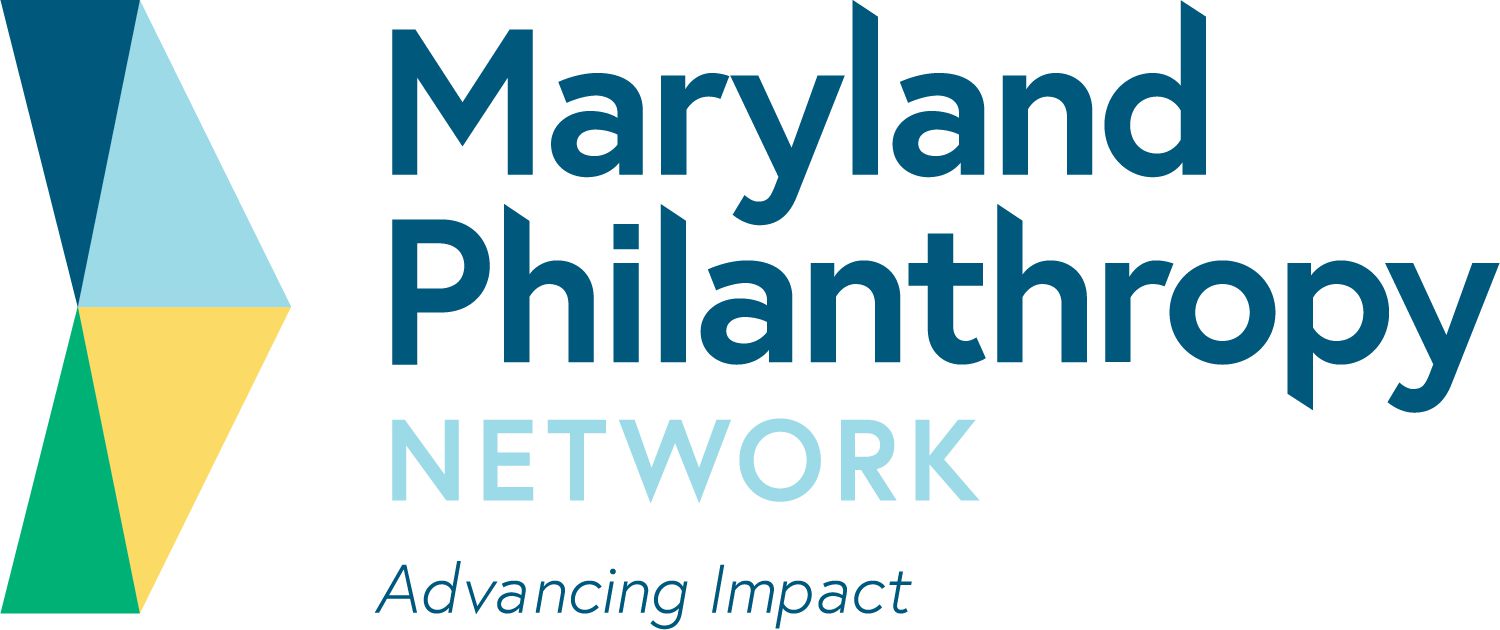The Baltimore Sun has just won the Pulitzer prize for local reporting, despit
From 2007 to 2017, a troubling trend emerged: the homeownership rate in Baltimore City fell from 51% to 47%, and the Black homeownership rate sank to 42%.
More than 80 local investors and philanthropic organizations have pledged support for a new $5 million funding effort that will aim to address major social challenges in Baltimore.
What Grantees Want Funders to Know is a new case study from the Asset Funders Network
Youth-focused mental health services can promote well-being, resilience, and a sense of belonging to youths’ larger community, and there is a need for services that are responsive to a young person’s identity and cultural background, a new report
“How are you?” These three words have taken on new meaning this year. At different points throughout 2025, the question has landed differently.
It is an exciting time for public education in Baltimore.
Technology has become an increasingly important tool for older adults and people with disabilities to stay connected to each other and to the goods, services, and supports they need to stay healthy and thrive. Please join Maryland Philanthropy Network’s Affinity on Aging and our distinguished speakers as we learn ways to bridge the “digital divide” and ensure everyone has access to affordable high-speed internet, devices, and skills allowing them to safely access meaningful content and online tools to meet their needs.
Join Maryland Philanthropy Network’s Emergent Philanthropy Roundtable, to discuss chapters 3-5 Darren Walker’s book, From Generosity to Justice: A New Gospel of Wealth. Bring your questions, your favorite quotes, or just a curious attitude. If you're not able to read the book but would love the opportunity to wrestle with ways to transform grant practices to achieve a more just and equitable world, you are encouraged to join as well!
Job Seekers
"For Grantseekers: You Got the Grant, So Now What?" is an opportunity for nonprofit organizations to better understand how foundations use evaluation and reporting, and the best ways to engage funders for long-term relationship building.
Each November the Maryland Philanthropy Network of Fundraising Professionals (AFP) celebrates National Philanthropy Day to recognize the extraordinary impact of the charitable sector and the increasing role it plays in our society and countries ar
Maryland Philanthropy Network (“we,” or “us”) values and respects your privacy rights.
The Baltimore Community Foundation is proud to announce the launch of the Black Philanthropy Circle. The Black Philanthropy Circle is a nonprofit 501(c)3 donor-advised fund focused on charitable giving to nonprofits that directly support Black people and communities in the Baltimore metropolitan area. Founded by a group of more than 30 Black business and civic leaders, the Black Philanthropy Circle was established to cultivate an inclusive philanthropic community, to build the capacity of Baltimore’s Black nonprofits, and to impact Greater Baltimore’s Black community at large.
RESOURCE FOR MEMBERS ONLY
Program Resources for "Workforce and Financial Stability Legislative Wrap-Up"
FIND MORE BY:
The proposed Red Line light-rail transit project – a 14 mile, east-west corridor connecting the Johns Hopkins Bayview Medical Center Campus, Canton, Fells Point, Inner Harbor East, downtown Baltimore, West Baltimore, Edmondson Village and Woodlawn
Student Wholeness is one of the three focus areas outlined in Baltimore City Schools' Blueprint for Success.
Please join Baltimore Beat Editor-in-Chief Lisa Snowden-McCray and Co-founder Brandon Soderberg to discuss Baltimore’s media landscape and the March 6th return of the Baltimore Beat.
Maternal and child health outcomes are determined by a complex series of social and environmental factors. As well, disparities in maternal and child health outcomes exist along racial and socioeconomic lines.

